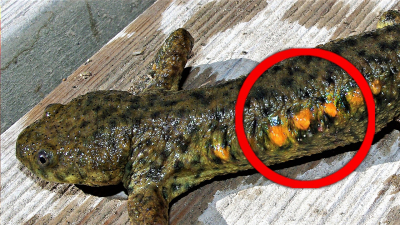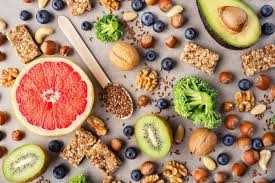What is the process of Migration of Birds?

Some people take a holiday each year in warmer parts of the world. Some animals do so, too, although for them it is not for pleasure but for survival. These animals go on migrations—long-distance, usually seasonal, journeys. They stay in an area where there is enough food, water, shelter or other needs. When conditions change, the animals travel on to find better surroundings, especially a place to breed.
In some cases, the journeys can be fairly random. Herds of wildebeest (gnu) and zebra wander the African plains. They stay in an area while there are plants to eat. Once these are gone, they set off to find an area where recent rains have produced new plant growth. There is usually a yearly pattern to their movements. But sometimes an extra-long dry spell drives them far away.
For most migrating creatures the journeys are at a regular time each year and usually follow the same routes as well. In the polar lands of the far north, the summer is short but the long hours of daylight and warmth allow plenty of plant growth. There are few resident animals to eat the plants. So birds such as geese fly up from the south in the spring to feed and raise their young in the Arctic. Then in the autumn, before the long, dark, icy winter grips the Polar Regions. They return south to temperate Europe, Asia and North America.
Another group of migrating birds, such as swallows and swifts spend spring and summer in Northern temperate lands, feeding and breeding. Then, in autumn, they fly south to the warmth of the tropics.
Birds are the main group of migrating animals because their power of flight allows them to cover long distances rapidly. Some land mammals migrate too, such as caribou. In Australia, herds of kangaroos and flocks of emus travel hundreds of kilometres across deserts in search of areas where rain has brought fresh plant growth.

OCEAN WANDERERS
Animals migrate through oceans as well as across land. Some are regular to-and-fro migrants with the seasons, like grey whales. Their total yearly journey is more than 20,000 kilometres, making this whale the longest-travelled mammal. Green turtles are probably record-holders for reptiles. Some groups feed off the tropical coasts of South America and then swim over 2000 kilometres to breed on lonely Ascension Island in the middle of the Atlantic Ocean.
Some ocean migrations are less regular. Salmon grow up in European and North American rivers, then swim out to sea. They wander the oceans for 10,000 kilometres or more before returning to their home rivers.
Picture Credit : Google









































